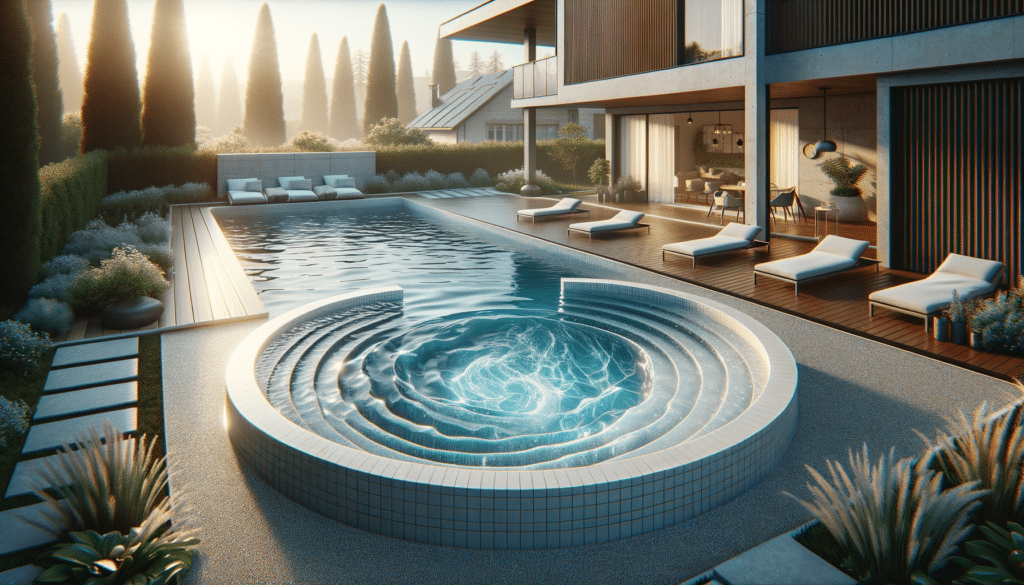Introduction to Fiberglass Pools
Fiberglass pools have emerged as a popular choice for homeowners seeking a durable and low-maintenance swimming option. Unlike traditional concrete or vinyl pools, fiberglass pools are constructed off-site and delivered in one piece, ready for installation. This efficient process significantly reduces the installation time, making it a convenient choice for those eager to dive into their new pool. Additionally, the smooth, non-porous surface of fiberglass pools inhibits algae growth, which means less cleaning and fewer chemicals needed to maintain water clarity. As environmental concerns grow, the eco-friendly nature of fiberglass pools, with their reduced chemical usage, aligns well with sustainable living practices.
Benefits of Choosing Fiberglass Pools
When considering a new pool, fiberglass options present numerous advantages. One of the standout features is their longevity; fiberglass pools are renowned for their exceptional durability, often lasting for decades without significant wear. This longevity is complemented by their aesthetic versatility. Fiberglass pools come in a variety of shapes, sizes, and finishes, allowing homeowners to customize their outdoor oasis to match their personal style and landscape. Moreover, the installation process is relatively straightforward. Once the site is prepared, the pool shell is placed and secured, often allowing for installation within a week. This efficiency is a stark contrast to the months-long process typical of concrete pool installations. Furthermore, the maintenance of fiberglass pools is notably simpler. The smooth gel coat surface not only prevents algae growth but also resists staining and discoloration, ensuring the pool remains visually appealing with minimal effort.
Comparing Fiberglass to Other Pool Types
In the realm of swimming pools, fiberglass, concrete, and vinyl represent the primary choices, each with its unique set of characteristics. Concrete pools are celebrated for their strength and design flexibility, allowing for intricate shapes and custom features. However, they require more maintenance, including regular resurfacing and chemical balancing. Vinyl pools, on the other hand, are appreciated for their affordability and ease of installation, but they are more susceptible to damage and may need liner replacements every 5 to 10 years. Fiberglass pools strike a balance between these options, offering a blend of design versatility, low maintenance, and long-term durability. While the initial cost of a fiberglass pool might be higher than a vinyl one, the reduced maintenance costs and extended lifespan often make it a more economical choice in the long run. Additionally, the non-abrasive surface of fiberglass pools provides a comfortable swimming experience, minimizing the risk of scratches or abrasions that can occur with concrete pools.


